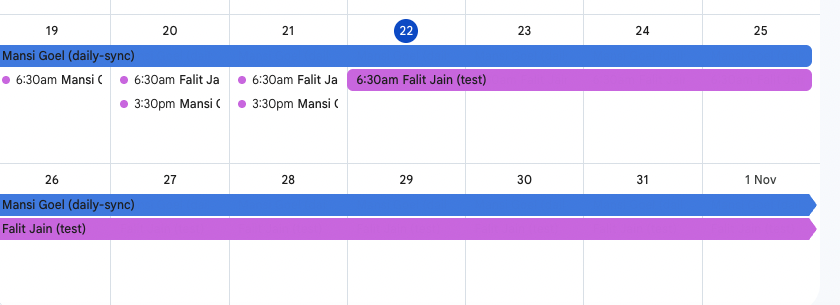
IT organizations have dedicated teams of engineers who are available 24/7 to handle any software issues that may arise. These engineers are placed on an on-call rotation schedule, where their responsibilities for software maintenance are rotated among the team.
In case of a problem, the on-call engineer will be notified through various methods, such as a push notification, phone call, text, or email. They are expected to take immediate action to resolve the issue or escalate it if they can’t handle it. Having a rotation schedule helps to avoid alert fatigue and maintain work-life balance among the engineers.
Having an on-call rotation is crucial for ensuring reliability for customers and meeting the organization's SLA's. The on-call engineers are the first line of defense in ensuring quick resolution of customer-impacting issues. An escalation policy with a timeout threshold for each tier can also ensure that issues are acknowledged or resolved within a specified time frame and quickly escalated if necessary. This ensures that customer-impacting issues are promptly addressed by the right person.
Many organizations still rely on manual methods such as wiki pages or spreadsheets to manage their on-call rotation schedules. However, these methods can result in outdated information and inaccuracies, making it difficult to quickly reach the right person in case of an issue. This can have serious consequences, as downtime can result in significant financial losses and harm to the organization's reputation. Relying on manual methods for managing on-call rotation information can therefore be costly and inefficient.
An effective on-call rotation brings numerous advantages:
In the past, on-call rotation was assigned to sysadmins or operations engineers, including Help Desk and the NOC. Development teams would mainly be responsible for designing, developing, and launching new services and features. Operations teams would then take over, managing and maintaining the code.
However, this separated approach caused several problems with accountability, cross-functional cooperation, scalability, and reliability. Developers felt less ownership for the customer experience and often produced non-performing code that was not scalable or had a high operational load. Operations engineers had a harder time fixing code written by others, sometimes requiring the assistance of developers.
To address these challenges, many organizations are now distributing operational responsibilities and having developers take on-call for their own code. This improves collaboration between development and operations, leading to the creation of more resilient services. New roles such as DevOps Engineer and Site Reliability Engineer have emerged, focusing on faster and safer releases, increasing reliability through automation, and streamlining the software lifecycle by building internal tools to automate manual tasks in operations. With more groups within the organization taking on operational responsibilities, cross-functional teams can concentrate on enhancing customer experience and work together to achieve it.
The round robin method is a tried and true strategy for distributing responsibilities evenly among a group. It ensures that no individual bears the brunt of the workload and allows for a fair distribution of tasks. In this article, we will explore the benefits of using the round robin approach and how it can be implemented responsibly.
The idea behind the round robin is simple. Each member of the group takes turns assuming a specific responsibility. This rotating system prevents any one person from becoming overburdened and encourages teamwork and collaboration. It also allows each member to develop new skills and gain experience in different areas.
However, implementing the round robin method can be challenging, especially in a large group. It is important to establish clear guidelines and establish a system for tracking responsibilities to ensure that the process runs smoothly. It may also be necessary to make adjustments along the way to accommodate changes in the group dynamic.
One effective way to manage the round robin process is to use a shared calendar or scheduling tool. This allows each member to see their assigned responsibilities and keep track of their progress. It also ensures that the distribution of tasks is transparent and that everyone is held accountable.
In conclusion, the round robin approach is a proven method for distributing responsibilities fairly in a group setting. By using a scheduling tool and establishing clear guidelines, this system can be implemented effectively and efficiently. By rotating responsibilities, individuals can develop new skills and work together to achieve common goals.

